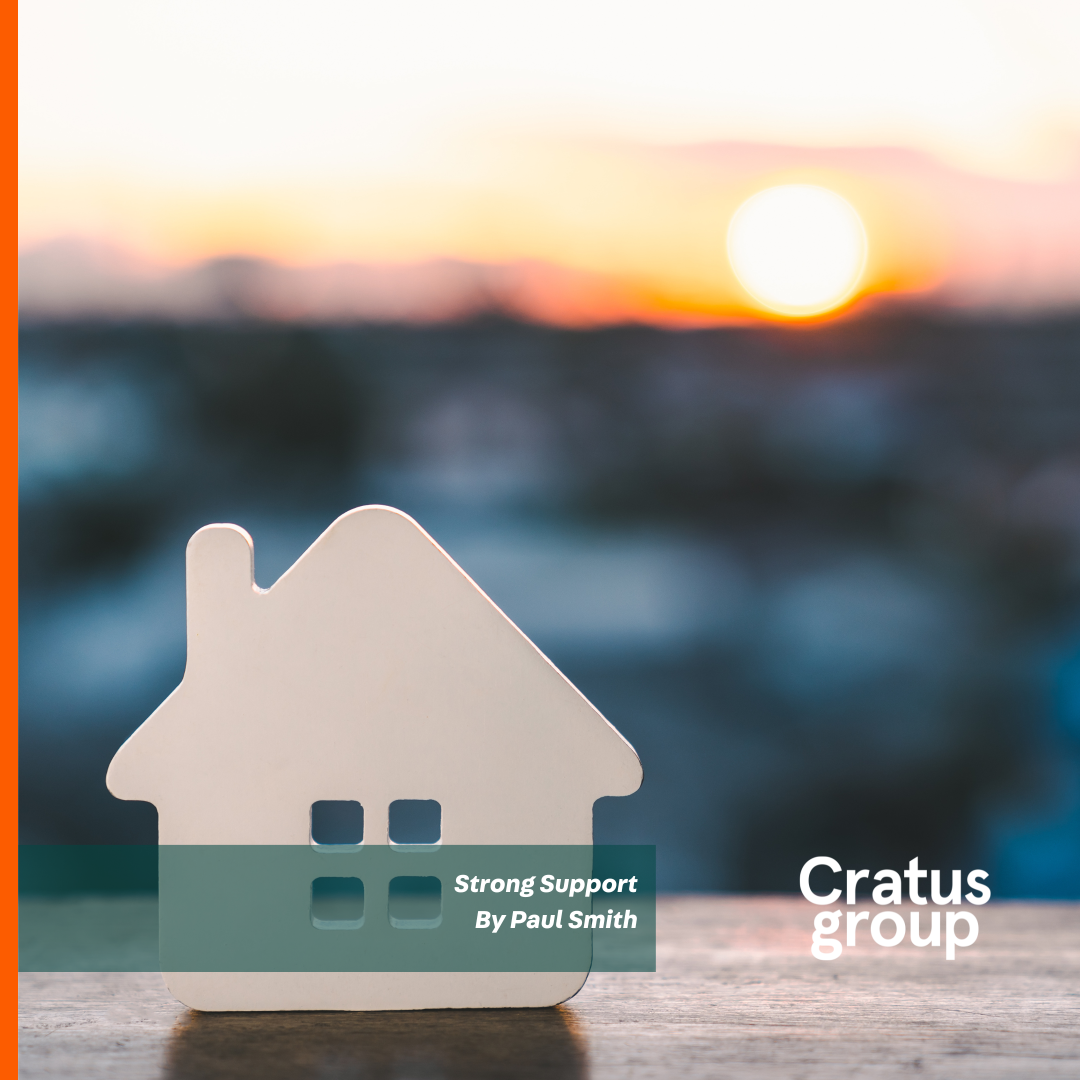Strong Support
One thing which is often lost in the debates about the need for affordable housing is the provision of supported housing. As new homes are built, planning policies and Section 106 agreements specify the need for affordable housing, both rented and shared ownership. With a bit of luck there might be an extra care scheme or other housing for older people.
In the flurry of reports being produced to influence incoming council administrations and an expected new national government, the NHF has published “Supported housing in England: Estimating needs and costs to 2040”.
The supported housing sector has been subject to a wide range of finance changes over the decades. Each new iteration has reduced the funding available. When I first started working in housing in the 1980s (yes I know I don’t look old enough) the grant funding was called ‘Hostel Deficit Grant’. It was incredibly generous, which did what it said on the tin, at the end of the year the loss generated from running a hostel was refunded to the charity or housing association operating it. There was also capital grant available to build new projects. Inevitably the cost of HDG started to rise exponentially. In attempt to stabilize the costs HDG was replaced by the Special Needs Management Allowance (SNMA) which was a flat rate fee to cover the support costs (housing costs were paid by housing benefit).
A further funding review was undertaken by Labour to create a unified budget bringing together the wide range of funding for supported housing including SNMA but also smaller funds such as those from probation or health. It also was required to make a clear differentiation between the funding of landlord functions (housing benefit/rent) and support of individuals, following a court case which restricted the extent to which housing benefit could pay for support. The unified fund launched in 2003 named “Supporting People” (SP) was passed to local councils to coordinate. To protect the funding it was ‘ringfenced’, i.e. the money couldn’t be taken to spend on anything else. Nationally the budget was £1.8bn. In 2009, the ring fence was removed and in 2011 the allocation was transferred into the local government grant calculation and was no longer a standalone fund paid to councils. This coincided with the ‘austerity’ approach of the coalition government which saw the grants to local authorities dramatically reduced. Increasingly Supporting People ‘funds’ were subsumed into wider adult social care funding and the prioritization process resulted in cuts to supported housing, in some authorities these were dramatic.
Over this period there was a massive change in the modern of sheltered housing for older people. In the 1980s most sheltered housing projects included a resident warden who lived in the scheme and provided low level support, companionship, organised social events and provided advice to the residents. As funding became tighter these were replaced by mobile warden teams covering a number of schemes and now most sheltered housing has no ‘warden’ service and relies on links to call centres and emergency alarm systems.
Supported housing remains financially complex and often precarious with organisations stacking up a combination of rent, service charges, local authority funding and charitable fundraising to keep projects solvent. The rise in homelessness and temporary accommodation is once again putting council funding in some areas under threat.
Against this backdrop comes the NHF research which concludes that we need 167,000 more supported homes by 2040. It also calls for a reintroduction of the ring fence to protect the funding. The alternative of increased homelessness or expensive institutional care means that whichever approach future governments take will be expensive. Not acting may be the easiest policy decision with so many pressures on the public purse but that is likely to be the most costly to central government, local councils and the people in need of support.








